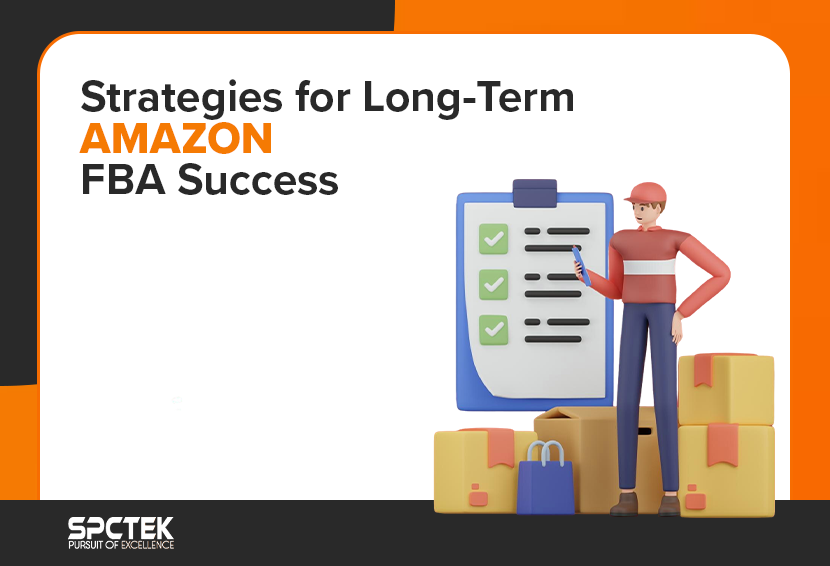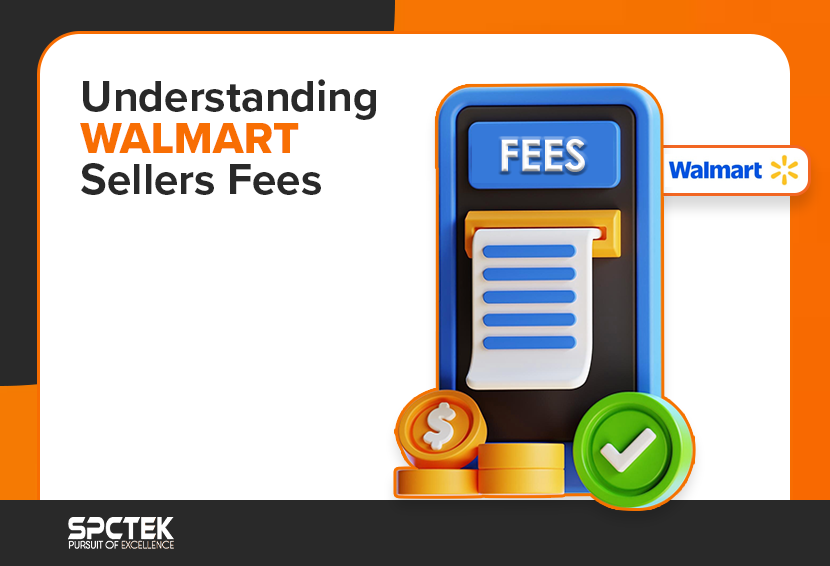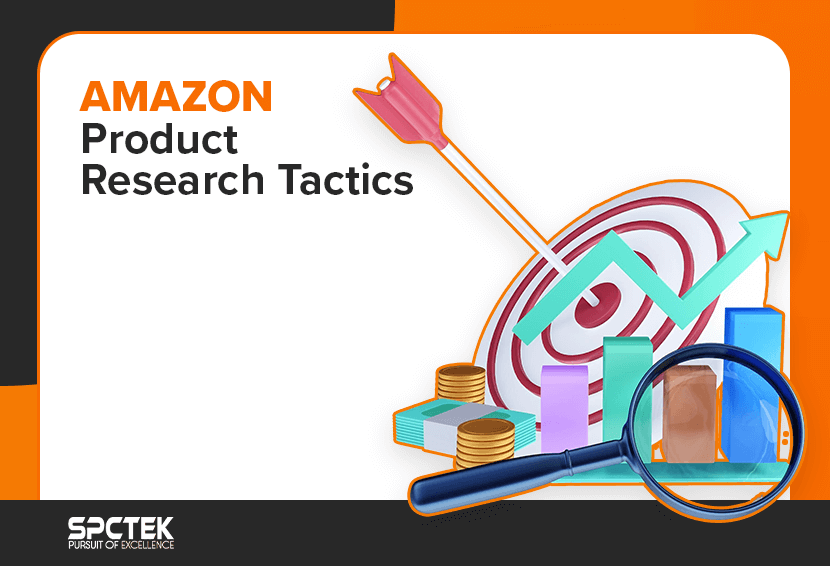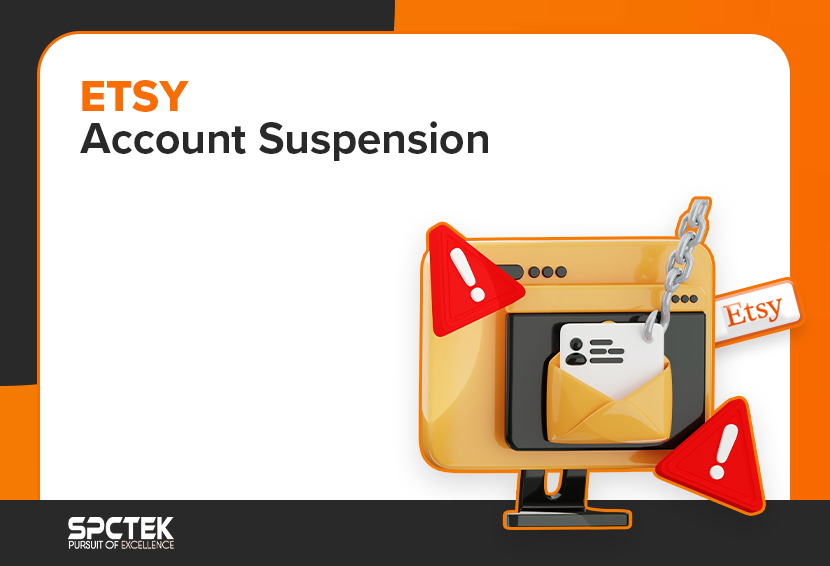Amazon alone accounts for almost 40% of all online sales in the United States. This staggering statistic highlights the immense potential of tapping into Amazon’s vast customer base and robust infrastructure.
Fulfillment by Amazon (FBA) is an advantageous tool that can transform your online selling journey, providing a seamless and efficient platform to scale your business. Keep reading for 10 strategic ways to harness the power of FBA to expand your reach, streamline operations, and achieve your entrepreneurial goals.
How to be Successful with Amazon FBA: 10 Proven Strategies
Opting for Amazon FBA is a great move for Amazon sellers, but it’s crucial to get the most out of this tool to make your fees count. Here are ten proven strategies Amazon FBA sellers can use to maximize Amazon FBA benefits:

1. Offer High-Quality Products
The most important Amazon FBA strategy is—honesty. Always sell reliable and high-quality products. Focusing on sourcing high-quality products from reputable suppliers is crucial for maximizing both customer satisfaction and long-term profitability. High-quality products tend to receive better reviews, which not only enhance your product’s credibility but also boost organic visibility in Amazon’s search rankings.
When customers are satisfied with the quality of what they purchase, they’re more likely to leave positive feedback and return for repeat purchases, creating a loyal customer base.
2. Enhance Product Visibility with SEO
With FBA, it is important to improve your organic product visibility through search engine optimization (SEO) on Amazon. This not only increases the likelihood of potential customers finding your products but also contributes to higher sales.
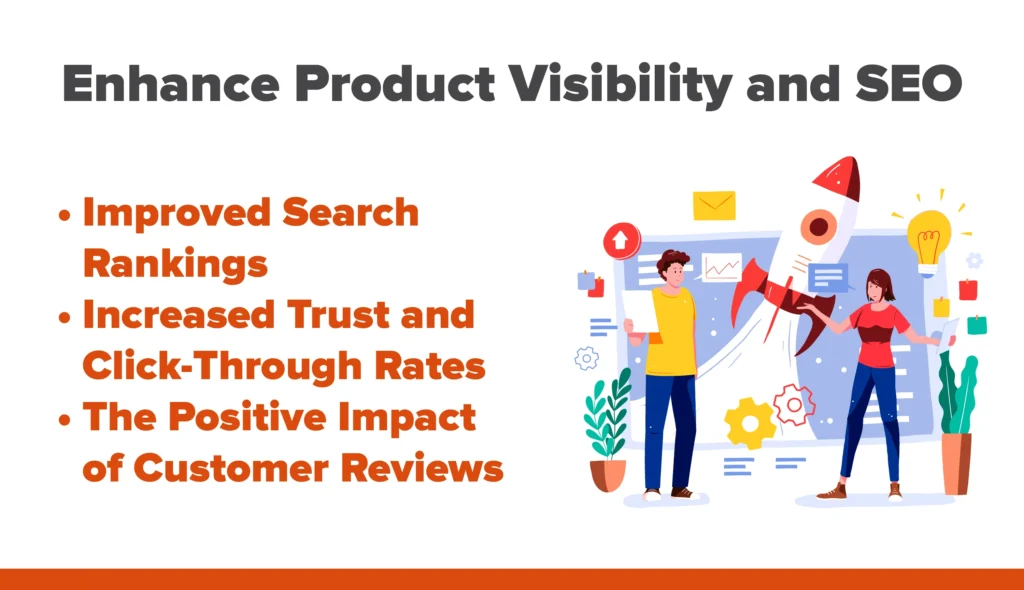
Improved Search Rankings
As previously stated, Amazon’s algorithm favors FBA items due to their guaranteed fast shipping and reliable customer service. That bias yields higher rankings in Amazon’s search results, which means greater visibility for your products.
Increased Trust and Click-Through Rates
FBA items typically enjoy higher click-through rates since customers trust Amazon’s fulfillment process. That deeper trust can boost visibility and potentially higher sales.
The Positive Impact of Customer Reviews
Good customer service through FBA encourages positive reviews, which are crucial for strong Amazon SEO. Items with higher ratings are more likely to appear in top search results and so further increase visibility.
3. Manage Inventory Efficiently
FBA stores your products in Amazon’s fulfillment centers, centralizing your inventory management. However, it is vital to track your inventory closely, as Amazon charges hefty long-term storage and low-inventory-level fees. To ensure you’re not over-paying in terms of additional charges, implementing efficient inventory management is a key Amazon FBA strategy.
Utilize Amazon’s Inventory Tracking and Replenishment
Amazon’s advanced inventory management system provides real-time tracking and updates on your stock levels. This feature helps you make informed decisions about inventory replenishment, in turn reducing the risk of overstocking or stockouts.
When tackling the complexities of inventory management with FBA, having a reliable partner can smooth the path forward. Services like MyFBAPrep offer tailored solutions to streamline this process and ensure your inventory is continually optimized for peak performance.
4. Run Ads to Improve Sales Velocity and Rankings

Sales velocity is a critical factor in achieving Amazon FBA success, as it directly influences your product’s ranking in search results and its overall visibility. To accelerate sales velocity, you should leverage Amazon’s advertising tools, such as Sponsored Product Ads and Sponsored Brand Ads, to ensure your products are consistently seen by potential buyers.
Sponsored Product Ads are a go-to Amazon FBA strategy for boosting visibility at the product level. These ads target specific keywords, displaying your items in prominent positions within search results and on competitor product pages. They’re especially valuable for newly launched FBA products, as they help generate initial traction and establish a sales history that can lead to higher organic rankings.
Also Read: Amazon FBA Vs. FBM: Which One is Better in Terms of Profit?
5. Take Advantage of FBA’s Prime Eligibility
The Prime badge is a significant driver of sales on Amazon, and using FBA automatically makes your products eligible for the program. Through it, you enjoy access to Amazon’s large Prime customer base, which is known for frequent and higher spending. Additionally, Prime products often receive priority in search results and filters, which increases your visibility. The Prime badge is a mark of trust and quality, so earning it can lead to higher conversion rates.
To keep this lucrative status though, you must maintain high standards in inventory management and product quality. Thankfully, FBA assists in handling logistical challenges so you feel confident your Prime status is secure.
6. Create Exclusive Product Bundles
Look into creating unique product bundles through FBA to stand out in the Amazon marketplace. This strategy differentiates your products from competitors and adds value to customers looking for convenience and variety.
To craft unique offerings, combine related products into bundles that are more appealing than individual items. This increases the perceived value of the overall set and encourages purchases.
Put together themed bundles to capitalize on holidays or special events. This appeals to customers looking for timely and relevant products.
Efficient Bundle Management With FBA
You can store the individual components at Amazon’s fulfillment centers, and then FBA will manage the assembly of these bundles, saving you the hassle of packaging them yourself.
That way, you can continue selling individual items while also offering them as part of a bundle. This dual approach maximizes your inventory’s potential and caters to different consumer preferences.
By leveraging FBA for building and managing product bundles, you can introduce unique product offerings that captivate shoppers and enhance the buying experience to potentially boost sales.
Also Read: How to Reduce Marketplace Product Returns in 2024: A Definitive Guide
7. Utilize Expansive and Global Storage Solutions
FBA offers a powerful solution to one of the most significant challenges in scaling a business: the need for extensive and manageable inventory storage. By providing access to Amazon’s vast network of warehouses globally, FBA eliminates the need for individual sellers to invest in costly, private warehousing facilities.
Utilizing the program’s expansive network is a key Amazon FBA strategy as it not only brings your inventory closer to a diverse customer base, but also opens up new market opportunities by enabling easier international selling.
Reduced Logistical Complexity
FBA streamlines the complexities of managing multiple storage facilities. With Amazon’s centralized inventory management system, you gain real-time tracking and control over your stock levels across different locations.
This setup is especially beneficial for adapting to seasonal fluctuations in inventory because it allows for flexible adjustments in storage space as business needs change. Additionally, the proximity of Amazon’s warehouses to key markets can lead to faster delivery times, which directly impacts customer satisfaction and retention.
Cost-Effectiveness
The cost-effectiveness of using this Amazon FBA strategy is a particularly significant advantage for small to medium-sized businesses. It reduces the need for substantial capital investment in storage infrastructure and, as previously stated, offers flexible storage options based on inventory size and turnover.
8. Expand Your Reach With Multi-Channel Fulfillment
Amazon’s Multi-Channel Fulfillment (MCF) is an FBA feature that enables sellers to broaden their market reach significantly. Through MCF, you can sell your products on various platforms outside of Amazon, such as your own ecommerce website, eBay, Etsy, or other online marketplaces, while still enjoying Amazon’s efficient fulfillment services.
Broader Market Access
By using this Amazon FBA strategy, you can reach customers who shop on different platforms and so diversify your consumer base. That ability is particularly beneficial for tapping into niche markets or audiences that prefer specific platforms.
Also Read: Why Every Amazon Seller Should Audit Their Account?
Consistent Customer Experience
Even though you’re selling across multiple platforms, Amazon ensures a consistent, high-quality fulfillment experience for your customers no matter where they shop. This uniformity can boost your brand’s reputation across all your sales channels.
Streamlining Operations
MCF lets you manage your inventory through a single Amazon system, even when selling on multiple channels. This approach saves time and lessens the complexity of operating across different selling channels. You also gain a low-risk way to test new markets and platforms without committing to a separate logistical setup for each channel.
9. Enhance Customer Experience
Great customer service leaves a lasting impression and can significantly enhance your reputation on Amazon. Buyers remember positive experiences, which not only encourage repeat purchases but also lead to glowing reviews and higher seller ratings—critical factors for success on the platform.
To excel at customer service, always respond to customer messages promptly. Timely communication reassures buyers that you’re attentive and dependable, reducing the likelihood of negative feedback or escalated complaints. Amazon’s messaging system tracks your response times, and maintaining a quick turnaround helps keep your account in good standing. Implementing this Amazon FBA strategy is key to maintaining a loyal customer base.
Positive Reviews and Brand Reputation
Satisfactory customer experiences often translate to positive reviews and feedback. In the world of online shopping, reviews significantly influence purchasing decisions, creating a cycle of continuous satisfaction and repeat buying.
Happy customers are more likely to leave positive reviews, which boosts the reputation of your brand and products.
10. Implement Advanced Analytics
Along with logistical support, FBA provides valuable data insights that can transform your business. Utilizing comprehensive sales reports and analytics enables you to make informed, strategic decisions about inventory, fulfillment, storage, and more. This wealth of data can be a game-changer, offering deep insights into customer behavior, sales trends, and market dynamics.
By analyzing that information, you can align your business strategies with accurate performance metrics that ground your decisions in reliable data, rather than guesswork.
Optimizing Inventory and Pricing Strategies
FBA’s analytics tools reveal detailed insights into your inventory levels, sales velocity, and product performance. That’s vital for deciding stock replenishment, avoiding overstocking or stockouts, and understanding which products perform well.
Additionally, FBA analytics support your pricing strategies: By analyzing sales data and market trends, you can adjust prices to stay competitive, identify the best times for promotions or discounts, and understand the price points that resonate most with your target audience.
Also Read: What is an Amazon Buy Box And How To Increase Your Chances Of Winning It?
Enhancing Marketing Efforts
The program’s analytics extend into marketing with data that can refine your promotional strategies and increase the effectiveness of your campaigns. You can identify which products are popular in certain regions, understand peak buying times, and gauge the impact of seasonal trends.
This data drives targeted marketing efforts to help you reach the right audience with the right message at the right time. Customer feedback and review analysis also uncover consumer preferences and degree of satisfaction, enabling you to better tailor your product offerings and messaging to meet their needs and expectations.
Wrapping up — Elevate Your Business With FBA
Implement these 10 Amazon FBA strategies to strengthen your business and realize higher profits. Utilizing FBA’s comprehensive services and infrastructure positions you for significant growth and enhanced profitability in ecommerce. Each strategy, from maximizing your Featured Offer eligibility to leveraging advanced analytics, helps optimize your operations and increase your market presence.
The power of FBA lies in its ability to streamline complex processes, allowing you to focus on strategic business growth. Embrace the capabilities of Amazon FBA and you’ll see your business reach new heights.
Got More Questions?
According to a recent survey by TrueProfit, 86% of Amazon’s third-party sellers opt for FBA for order fulfillment for their businesses. Moreover, within the first year, 64% of sellers report profitability, with 46% of them experiencing an Amazon FBA success rate between 11% and 25% on average.

